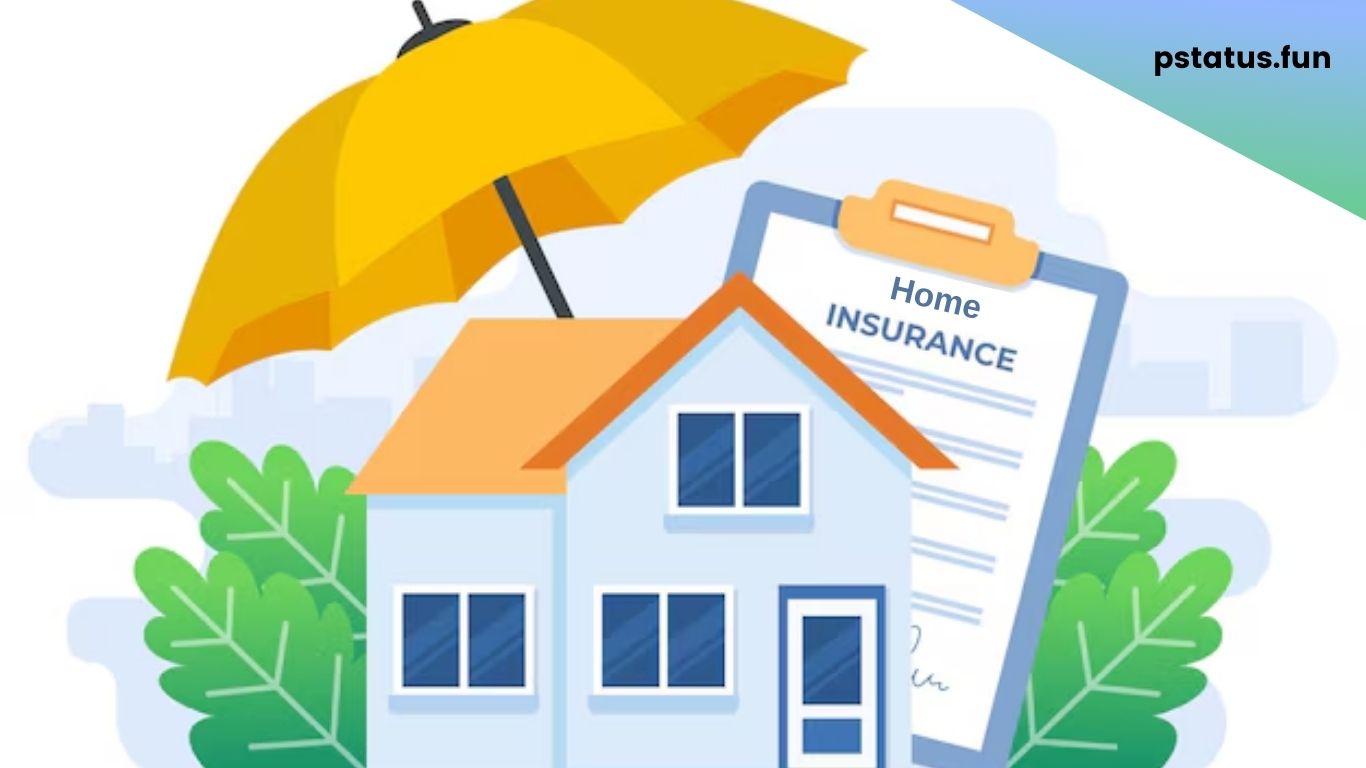Home Insurance: A Comprehensive Guide
Home insurance is a vital aspect of homeownership that provides financial protection against a variety of risks. From natural disasters to theft, having the right home insurance policy can save you from devastating losses. This article explores the ins and outs of home insurance, including types, coverage options, and essential tips for choosing the best policy.
What is Home Insurance?
Home insurance, also known as homeowners insurance, is a type of property insurance that covers private homes. It offers financial protection against damages to the house itself and personal belongings inside it. Additionally, home insurance often includes liability coverage in the event someone is injured on your property.
Components of Home Insurance
- Dwelling Coverage: Protects the physical structure of your home.
- Personal Property Coverage: Covers personal belongings like furniture, electronics, and clothing.
- Liability Protection: Provides coverage if someone gets injured on your property and sues you.
- Additional Living Expenses: Covers costs for temporary housing if your home becomes uninhabitable due to a covered event.
Types of Home Insurance Policies
When it comes to home insurance, various policy types cater to different needs. Here are the most common types:
1. HO-1: Basic Form
- Coverage: Limited to specific perils such as fire, theft, and vandalism.
- Best For: Homeowners seeking minimal coverage at a lower premium.
2. HO-2: Broad Form
- Coverage: Covers a wider range of perils than HO-1, including damage from falling objects and ice or snow weight.
- Best For: Homeowners wanting more comprehensive protection.
3. HO-3: Special Form
- Coverage: The most common policy type; covers all perils except those explicitly excluded (like earthquakes or floods).
- Best For: Homeowners looking for robust coverage for their dwelling and personal property.
4. HO-4: Tenant’s Form
- Coverage: Designed for renters, covering personal belongings and liability.
- Best For: Individuals renting their home or apartment.
5. HO-5: Comprehensive Form
- Coverage: Similar to HO-3 but with broader coverage for personal property.
- Best For: Homeowners who want extensive coverage for both the dwelling and personal belongings.
6. HO-6: Condo Form
- Coverage: Tailored for condominium owners; covers personal property and any improvements made to the unit.
- Best For: Condo owners needing specific coverage.
7. HO-7: Mobile Home Form
- Coverage: Specifically for mobile or manufactured homes.
- Best For: Owners of mobile homes requiring specialized coverage.
8. HO-8: Older Home Form
- Coverage: Designed for older homes where the replacement cost exceeds market value; offers limited coverage.
- Best For: Owners of historic or older homes.
Coverage Options
Understanding the various coverage options available can help you tailor your policy to your needs. Here’s a breakdown:
| Coverage Type | Description | Example |
|---|---|---|
| Replacement Cost | Covers the cost to replace or repair without depreciation. | If your roof is damaged, it pays for a new roof. |
| Actual Cash Value | Covers the replacement cost minus depreciation. | If your TV is stolen, it pays you the current value. |
| Extended Replacement Cost | Offers extra coverage above the policy limit for major repairs. | If your home costs more to rebuild, it covers the extra. |
| Scheduled Personal Property | Covers high-value items like jewelry or art. | If you have a valuable painting, it provides additional coverage. |
| Flood Insurance | Separate policy for flooding; not included in standard plans. | Protects your home from flood damage. |
Factors Affecting Home Insurance Premiums
Several factors influence the cost of your home insurance premiums. Understanding these can help you find the best rate:
- Location: Homes in areas prone to natural disasters, such as floods or earthquakes, typically have higher premiums.
- Home Value: The more expensive your home, the higher your coverage costs.
- Credit Score: Many insurers use credit scores to determine risk; better credit often results in lower premiums.
- Claims History: A history of frequent claims can increase your premiums.
- Coverage Amount: The more coverage you choose, the higher your premiums will be.
- Deductibles: A higher deductible usually results in lower premiums, while a lower deductible increases costs.
Choosing the Right Home Insurance Policy
Selecting the right home insurance policy requires careful consideration. Here are some essential tips:
1. Assess Your Coverage Needs
Evaluate the value of your home and possessions to determine how much coverage you need. Consider special items that may require additional coverage.
2. Compare Multiple Quotes
Obtain quotes from several insurance providers to compare coverage options and premiums. This can help you identify the best deal.
3. Understand the Policy Terms
Read the policy documents carefully to understand what is covered and what is excluded. Look for any limitations or special conditions.
4. Consider Bundling Policies
Many insurers offer discounts if you bundle your home insurance with other policies, such as auto insurance. This can lead to significant savings.
5. Review and Update Regularly
As your life circumstances change—such as renovations, new purchases, or changes in your financial situation—review and update your policy to ensure adequate coverage.
Common Exclusions in Home Insurance Policies
While home insurance covers many risks, there are several common exclusions to be aware of:
- Flood Damage: Typically not covered unless you have a separate flood insurance policy.
- Earthquake Damage: Requires additional coverage in most cases.
- Wear and Tear: Damage due to normal wear and tear is generally not covered.
- Negligence: Damage caused by lack of maintenance or neglect may be excluded.
- Certain Dog Breeds: Some insurers may refuse coverage or charge higher premiums based on the breed of your dog.
Benefits of Home Insurance
Having home insurance provides numerous benefits beyond financial protection:
- Peace of Mind: Knowing your home and belongings are protected offers reassurance.
- Liability Protection: Coverage for legal fees and settlements in case of lawsuits.
- Temporary Housing Coverage: Financial assistance for living expenses if your home is uninhabitable.
- Protection for Personal Property: Safeguards your belongings against theft or damage.
Conclusion
Home insurance is a crucial investment for homeowners, providing essential protection for your property and personal belongings. By understanding the various policy types, coverage options, and factors that influence premiums, you can make an informed decision that meets your needs. Remember to assess your coverage requirements, shop around for the best quotes, and regularly review your policy to ensure you’re adequately protected. Taking these steps will help you secure peace of mind and financial stability in the face of unforeseen events.

